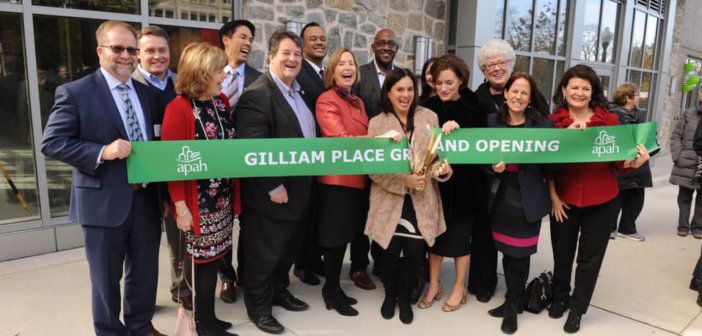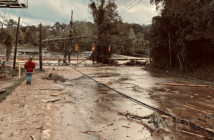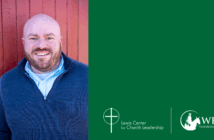Mark DeYmaz writes that churches should leverage their buildings and real estate not just to survive, but to thrive. Using your building more creatively can not only generate income but also expand your presence in the community and bless your neighbors.
It’s no secret. Throughout the United States church buildings, parking lots, and real estate sit idle from Sunday to Sunday. The increased costs to maintain these spaces, coupled with shrinking attendance and a subsequent decline in giving, have left many church leaders tired of fighting the budget and therefore opting to close the doors or merge with other congregations.
In some situations, facilities and land revert to a denomination which may sell them for similar reasons, reassign them to other churches, or make them available to new church planters. Alternatively, leaders under financial pressure can be all too quick to sell underutilized property or undeveloped tracks of land to relieve financial strain, alleviate debt, or fund expensive repairs to existing facilities. Yet this is often shortsighted. In a few years, the money from these sales will be quickly spent. Then what?
Thom Rainer writes, “Between 6,000 and 10,000 churches in the U.S. are dying each year. That means around 100–200 churches will close this week. The pace will accelerate unless our congregations make some dramatic changes.”
Yes, more churches today must find a way to stay afloat. But beyond mere survival the creative use of buildings, property, and/or land can help them thrive. Such things are assets a church can and should leverage to bless the community and generate sustainable income by creating rent roles, for instance, or establishing other profitable business enterprise.
For example:
- What if seldom-used classrooms or entire wings in a building were converted to house a nonprofit center, a co-working space, an innovation or nutrition hub, a health and fitness club, medical, legal or counseling offices, or a commercial coffee shop from which the church collected rent?
- What if, instead of being sold, church-owned land was leased to a commercial developer who established an office complex or a mall whereby the church would be paid a percentage of the rent collected for the next 30 years?
- What if land was acquired in partnership with investors and developed for the community and used by the church?
- What if an empty or underutilized parsonage was converted to a rental house and the pastor’s salary increased by a portion of the profits, so that he or she might be able, in turn, to buy a home and build equity?
- What if instead of determining to buy land and build new buildings, the church bought an abandoned property and repurposed it at a fraction of new construction costs in order to save money and bless the community?
- What if “dark property” was rented by the church or church plant for less than what similar square footage in a better part of town would cost, and then the church leveraged the building to attract small businesses, create jobs, and help reduce crime, generate tax revenue, and improve the quality of life in a local church’s community?
- What if facilities were developed as a commercial “point of destination” whereby the church helps attract people to the area, creates a sense of pride in the neighborhood, and changes the way others perceive a part of the city?
It’s long past time for churches to stop building facilities on islands of land entirely to themselves and start planning for mixed use development from which the entire community can benefit. In so doing, the church can be built into the community, becoming incarnate with the community. By leveraging resources and assets, the church can generate income that can potentially pay for the project — by building or purchasing a small strip center with just a few stores or something on a much grander scale, like loft apartments, for instance. Such thinking makes spiritual, social, and financial sense today. It is the type of good work that brings glory to God (Matt 5:16), advances a credible witness, proclaims resurrection, and demonstrates the power of redemption in tangible ways, especially whenever abandoned property is brought back to life in an under-resourced community.
Excerpted from The Coming Revolution in Church Economics by Mark DeYmaz, with Harry Li, published by Baker Books, a division of Baker Publishing Group, 2019. Used by permission. The book is also available at Cokesbury and Amazon.
Related Resources
- How Can Your Church Building Reignite Your Mission? by Krin Van Tatenhove and Rob Mueller
- The Case of a Small Church in an Oversized Building by Lewis A. Parks
- F.I.S.H. Differently! Take Stock of all Available Capital Resources by Sidney Williams






